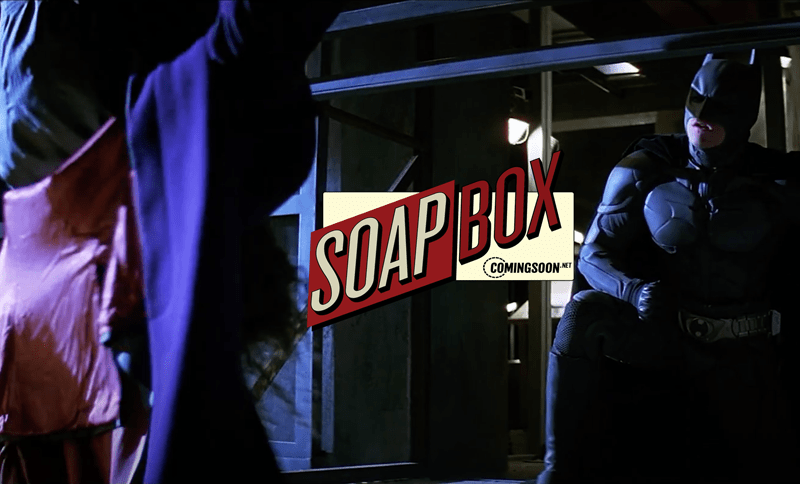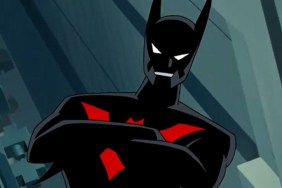In DC Comics’ Batman #4 (1940), Batman tells Robin, “we never kill with weapons of any kind.” Thus implemented the hotly debated rule that Batman would not use guns or lethal force. In the issues that preceded Batman #4, Batman did carry guns and kill. However, in less than 2 years after his debut, the caped crusader’s creators, Bob Kane and Bill Finger (mostly Finger) decided that their aristocratic, hyper-intelligent vigilante would not carry a gun or kill (a rule DC had already applied to Superman).
This shift in the character’s core philosophy happened fairly quickly in retrospect. In 1939, Batman had yet to become a fully-formed character in a medium yet-to-be understood or properly utilized. The Dark Knight’s origin story, involving the brutal murder of Bruce Wayne’s parents didn’t even manifest itself until around 6 months after Batman was capping vampires with silver bullets on the page (yeah). That said, Thomas and Martha Wayne, who despised violent criminals, catalyze Bruce’s motivations and that of his creators (again, mostly Finger).
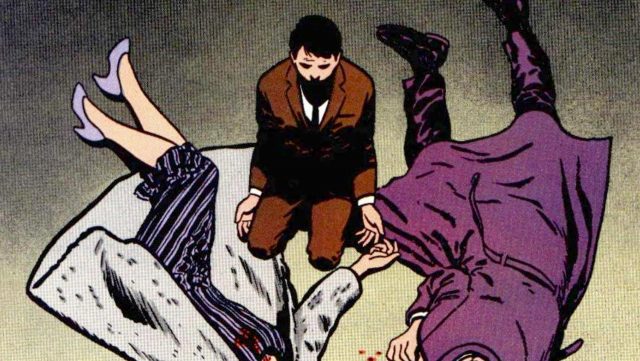
RELATED: Zack Snyder Shares New Photo of Batman From Justice League!
The “no-kill rule” continues to frustrate casual fans. Gotham City would arguably be a safer/better place if Batman just ended the Joker once and for all. Because of this, there are plenty of stories where Batman does kill, but most of those stories contradict the heart of who Batman is. In Batman v Superman: Dawn of Justice, the character is essentially a mass murderer, seeking justice however he sees fit (machine gunning criminals with the Batmobile, fatal brandings, etc.). That film’s director, Zack Snyder, has openly criticized fans who think superheroes shouldn’t kill, saying that a Batman who isn’t allowed to use lethal force lives in a “dream world.” As you may recall, Snyder’s Clark Kent AKA Superman broke Zod’s neck in Man of Steel, something that upset fans (and was condemned by Christopher Nolan), but wasn’t as incendiary as Batfleck’s brutality—which is far more dangerous than Superman’s laser eyes.
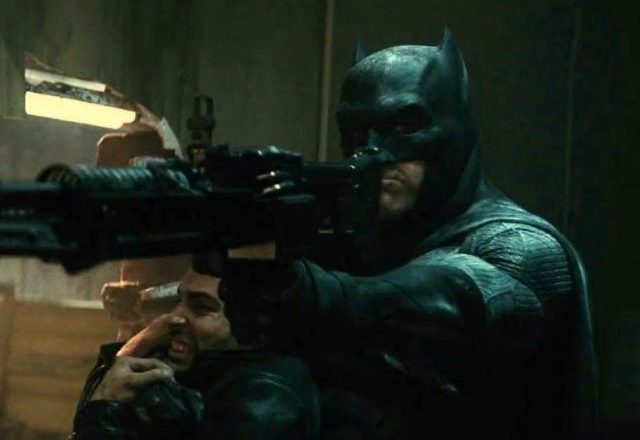
Inspired by characters like Sherlock Holmes, Batman has earned himself the mantel of the “World’s Greatest Detective.” He’s a thinker: driven, obsessive, and consumed by a desire to honor the legacy of his parents. Batman’s fortitude is the reason people often argue that, with enough prep time, he could defeat anyone or anything. To kill would be to admit defeat or take an easy path, and that’s not who Bruce/Batman is. The consequences of “admitting defeat” are perhaps best explored in Scott Snyder and Greg Capullo’s The Batman Who Laughs miniseries.
The Batman Who Laughs: The Grim Knight #1 outlines the origin story of Bruce Wayne in a parallel universe. In this Gotham, when Thomas and Martha Wayne were murdered in Crime Alley, a young Bruce picks up the gun and shoots their murderer. Thus beginning the career of a much more sinister Batman, one more equatable to the Punisher, and ultimately, the Joker, than the Dark (yet not this dark) Knight we know and love.
The early days of the Grim Knight’s career is successful: he defeats everyone—from crime families to growing supervillains (even killing a maniac in an Ace Chemical plant). For a while, the police support him, all but one, Jim Gordon. In this universe, Batman and Gordon are far from friends. The Grim Knight’s mission turns Gotham into a totalitarian state where everyone is under constant surveillance (he even puts chips in people’s necks to force their obedience). The Grim Knight not only kills those “convicted” of crimes but those accused as well. Eventually, Gordon and Alfred defeat Batman, proving that the “no-kill rule” keeps Bruce from losing his faith in humanity.
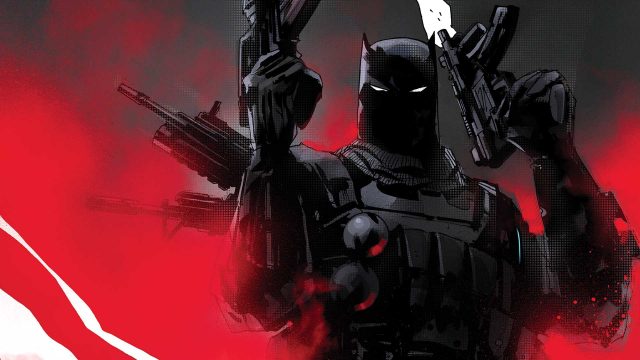
RELATED: DC Multiverse Batman Figure by Todd McFarlane Revealed!
Co-creator Kane has openly criticized Batman’s “no kill rule.” In his autobiography, Batman and Me, he said that Batman “wasn’t the Dark Knight anymore with all the censorship.” However, Kane has also acknowledged that the character’s lighter (and sometimes campy) tone early on helped him to become the iconic he is today. Besides, a hero without a moral compass, killing under the guise of “the greater good” excuse, is an anti-hero/villain but never a superhero. The latter argument has been made vehemently by Finger, the man who deserves the most credit for the caped crusader’s characteristics.
The brutal origin story Finger wrote for Batman taught Bruce to cherish life and hate criminals. In Batman #47 (1948), Finger has Batman come face-to-face with his parents’ murderer, Joe Chill. Rather than kill him, Batman reveals to him his identity, hoping to provoke a confession (so that Chill can face due process). In a panic, Chill reveals the role in played in Batman’s creation to his henchman, who ultimately gun him down. Not only does Batman take no pleasure in Chill’s death, but he brings his killers to justice.
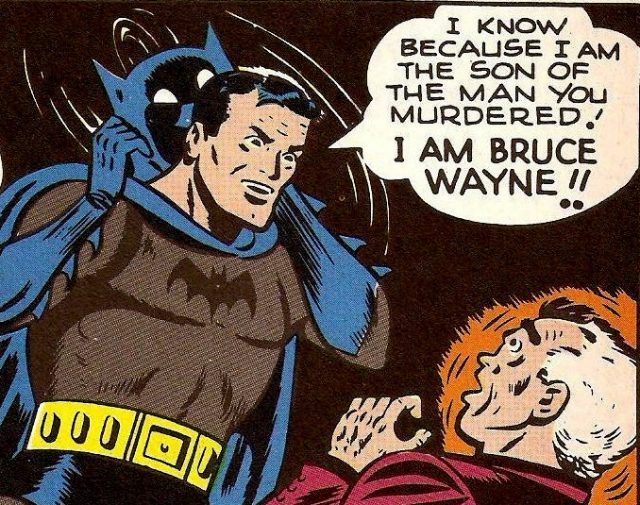
In his Dark Knight trilogy Christopher Nolan paints Bruce/Batman in a similar light. Batman Begins follows Bruce, years after his parents’ murder, as he takes a pistol to Chill’s (who was convicted for murdering the Waynes) parole hearing, only to see him gunned down in the courthouse by Carmine Falcone’s triggerman. After a meeting with Falcone, Bruce throws his gun into the river, and leaves Gotham, vowing never to stoop to the level of those ruining his home, and in turn, his parents’ legacy.
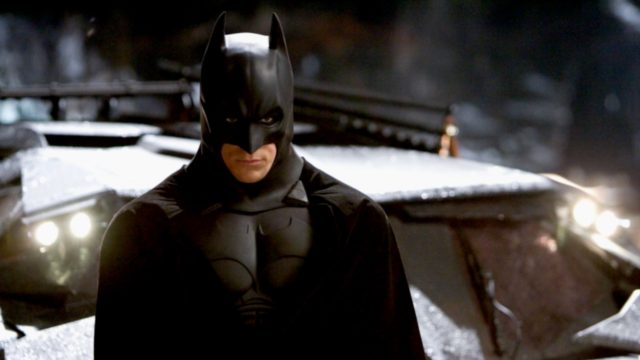
RELATED: Batman: The Long Halloween and Justice Society Animated Films Coming In 2021
We don’t watch/read superhero stories to feel dejection. Proponents of grounding superheroes in overt realism are missing the point of the genre people like Finger helped define. To quote Christian Bale from Batman Begins, “people need dramatic examples to shake them out of apathy and I can’t do that as Bruce Wayne. As a man, I’m flesh and blood, I can be ignored, I can be destroyed; but as a symbol… as a symbol I can be incorruptible, I can be everlasting.” Striving towards this paradigm creates emotionally resonant drama. By struggling with his morality, Batman’s character/story becomes a dramatized reflection of the type of conflict most of us experience daily to do the “right” thing, whatever that may mean for them.
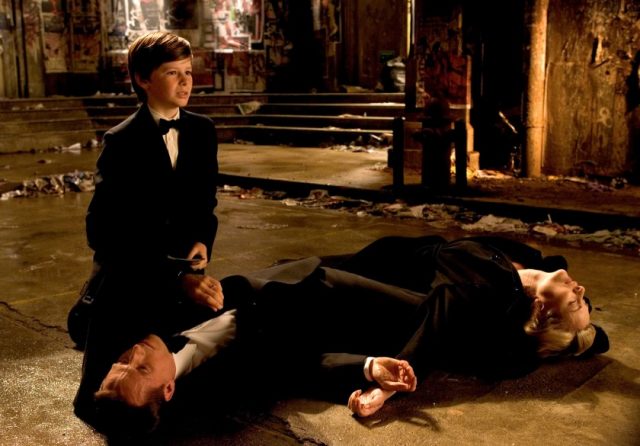
There’s nothing gained by forcing overt cynicism/pragmatism into a world where men wear tights and can fly. There’s no real message. No hope. Great art is meant to entertain, inform, and inspire. Batman’s code, like Captain American or Superman’s, isn’t just about being a role model (maybe it is?). Batman’s code, in the face of true darkness, masquerades as unwavering altruism. However, Bruce Wayne doesn’t kill for a much more selfish reason. Bruce had his parents and his idyllic life taken from him. By cleaning up the street of Gotham without killing, he’s besting Death, which in his mind, is the real enemy. He knows that through death, there can never be the type of life he wanted for himself or his city. Happy Batman Day!
